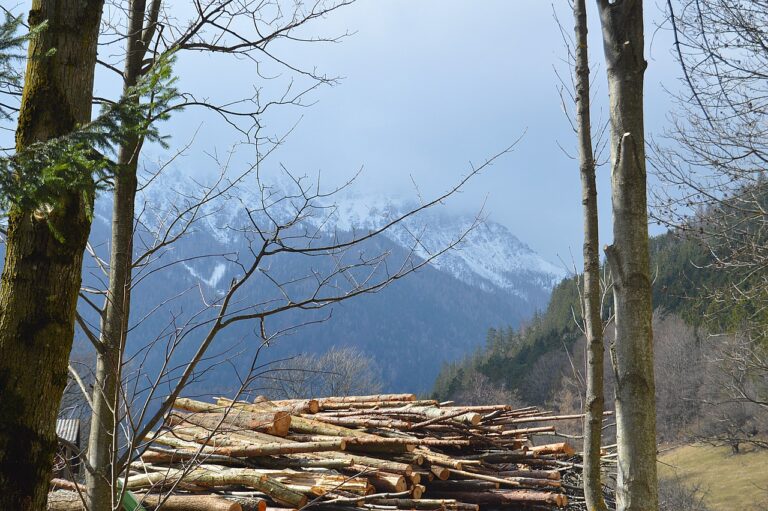The Benefits of Incorporating Native Plants in Your Landscape Design
Native plants are an excellent choice for your landscape design due to their ability to thrive in their natural environment without the need for excessive care. These plants have evolved over time to adapt to the specific conditions of their region, making them well-suited for local climates and soils. By choosing native plants for your landscape, you can reduce the need for watering, fertilizing, and pest control, saving you both time and money in the long run.
In addition to their low maintenance requirements, native plants play a crucial role in supporting local ecosystems. These plants provide food and shelter for native birds, insects, and other wildlife, helping to create a balanced and biodiverse environment. By incorporating native plants into your landscape design, you can help to preserve the natural beauty and biodiversity of your local area, contributing to the overall health of the ecosystem.
Supporting Local Ecosystems
Native plants play a crucial role in supporting local ecosystems by providing food and habitat for a variety of wildlife species. These plants have evolved alongside native insects, birds, and animals, creating a balanced and sustainable ecosystem where each organism plays a significant role in the web of life. By incorporating native plants into your landscape design, you are helping to preserve the delicate balance of the local environment and promote biodiversity.
Furthermore, native plants are well-suited to the local climate and soil conditions, requiring minimal water, fertilizers, and pesticides to thrive. This reduces the need for harmful chemicals that can leach into the soil and waterways, impacting not only the local ecosystem but also human health. Choosing native plants for your landscape design is a simple yet effective way to support the local environment and contribute to the overall health and well-being of your community.
Low Maintenance Requirements
When opting for native plants in your landscape design, one of the key benefits is their low maintenance requirements. Since native plants have adapted to the local climate and soil conditions over time, they typically require less watering, fertilizing, and overall care compared to non-native species. This means less time and effort spent on maintenance tasks, allowing you to enjoy a beautiful and thriving landscape with minimal intervention.
Furthermore, the resilience of native plants to local pests and diseases means that you won’t have to rely as heavily on pesticides or other chemical treatments. This not only reduces the environmental impact of your landscaping practices but also contributes to a healthier ecosystem overall. By choosing native plants for your landscape design, you can create a sustainable and low-maintenance outdoor space that supports local biodiversity and thrives with minimal upkeep.
Why should I choose native plants for my landscape design?
Native plants are well adapted to the local climate and soil conditions, making them easier to care for and more resilient to pests and diseases.
How do native plants support local ecosystems?
Native plants provide food and shelter for local wildlife, including birds, butterflies, and bees. They also help maintain the overall balance of the ecosystem.
What are some examples of low maintenance native plants?
Some examples of low maintenance native plants include wildflowers, grasses, and shrubs like coneflowers, switchgrass, and serviceberry.
Do native plants require less water than non-native plants?
Yes, native plants are typically more drought-tolerant and require less water once established, making them a more sustainable choice for landscaping.
How can I incorporate native plants into my existing landscape design?
You can start by replacing some of your existing plants with native species or creating a separate area dedicated to native plants. Consult with a local nursery or landscape designer for more specific recommendations.







